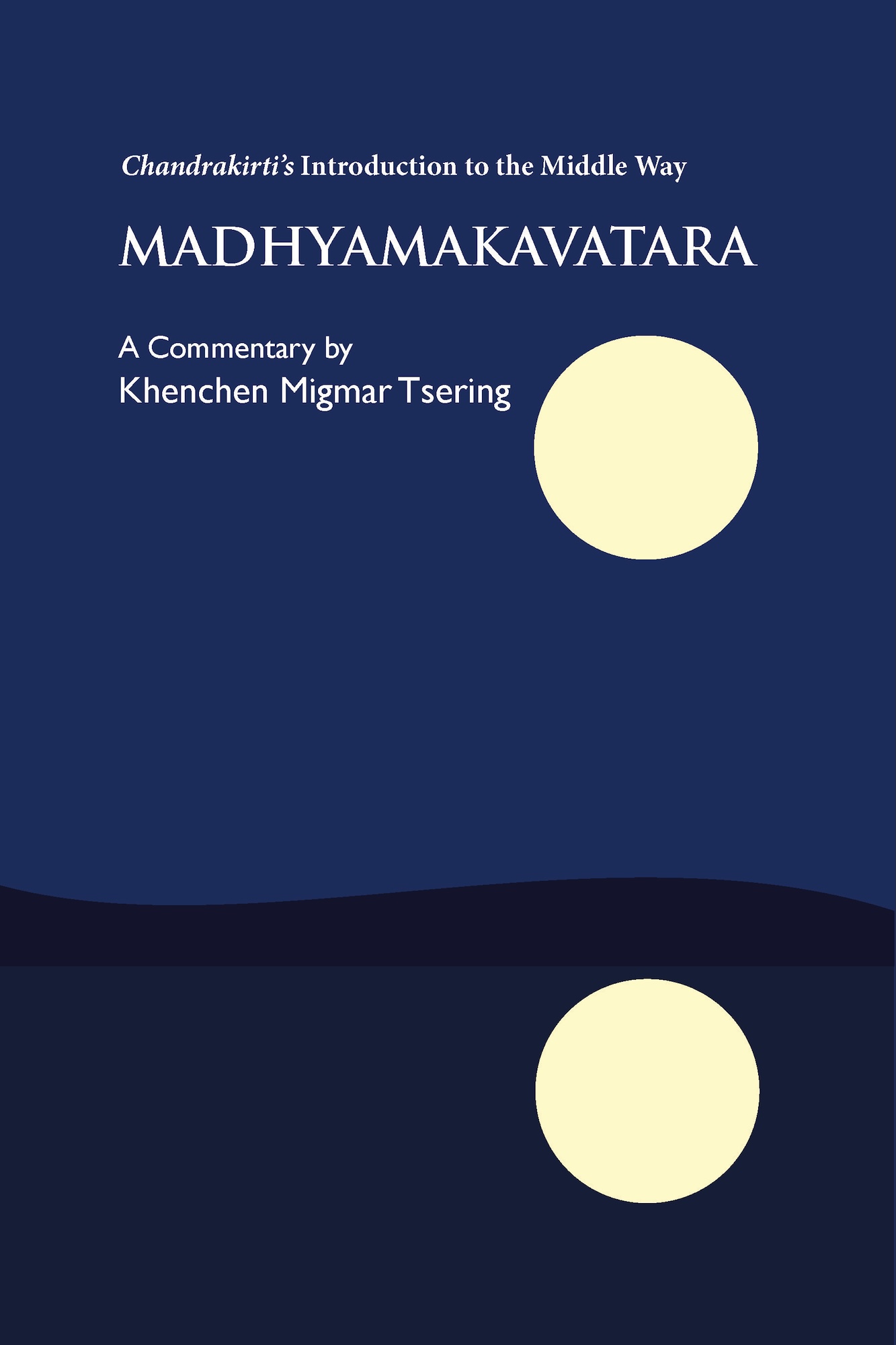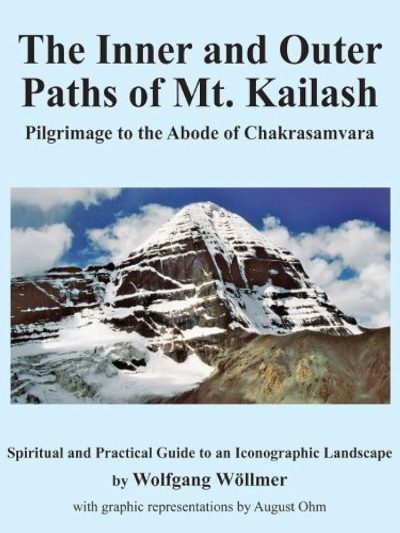Description
The Madhyamakavatara or Introduction to the Middle Way (Tibetan: dbu ma la jug-pa) is a text by Chandrakirti, the seventh-century Buddhist philosopher and siddha, on the Madhyamaka School of Buddhist philosophy. It is a commentary on the meaning of Nagarjuna’s Mulamadhyamakakarika or The Root Stanzas on the Middle Way (Tibetan: dbu ma rtsa ba shes rab) and the Sutra of the Ten Bhumis (Dashabhumika Sutra).
Madhyamaka refers to the texts that express the meaning of the middle way beyond extremes, both the Buddha’s teachings of the second turning of the Wheel of Dharma and the commentaries that further elucidate their meaning. Avatara means entry or introduction. This text expresses both the profound aspect of Nagarjuna’s text, namely emptiness, as well as the vast aspect, the paths and the bhumis.
This book includes the root verses of Chandrakirti’s Madhyamakavatara and their commentary by the late Sakya Khenpo, Khenchen Migmar Tsering, as well as the outline of the commentary on the Madhyamakavatara called ‘Dispelling Wrong Views’ by the great Sakya philosopher, Gorampa Sonam Sengge (1429-1489) on which Khenchen Migmar based his teachings.
Khenchen Migmar Tsering was born in 1956. He was the Abbot of Sakya College in Dehradun from 1989-1999 and a highly accomplished scholar and teacher. He gave this commentary on Chandrakirti’s Madhyamakavatara at Rongton Buddhist Training College in Canberra, Australia in 1998. Khenchen Migmar taught the commentary in English basing his teaching mainly on Gorampa Sonam Sengge’s commentary on the Madhyamakavatara called ‘Ita wa ngan sel‘ (Dispelling Wrong Views). Kenchen Migmar’s clear method of teaching this challenging text reflects his ability to convey the profound meaning in a way suited to his audience. Khenchen Migmar Tsering passed away in February 1999 following a sudden illness.






Reviews
There are no reviews yet.